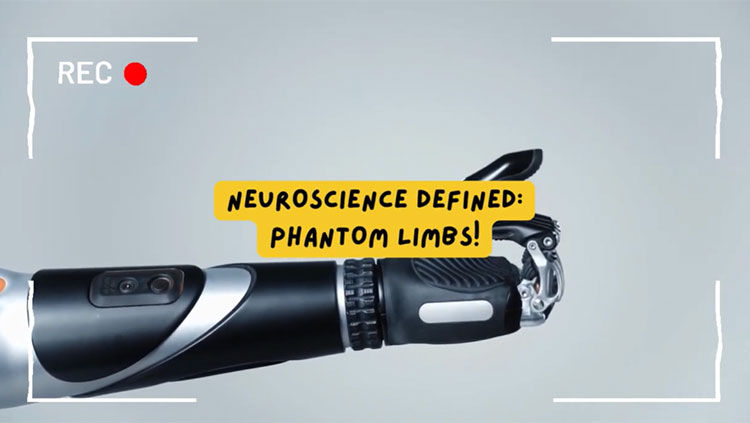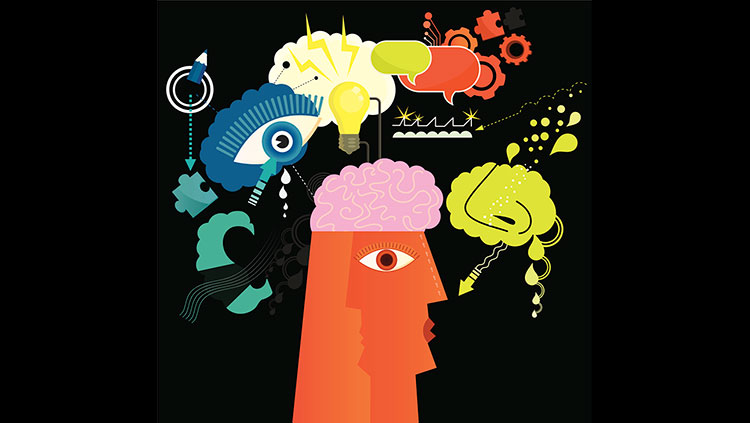Flow: The Science Behind Deep Focus
- Published13 Oct 2022
- Source BrainFacts/SfN
Athletes often describe being “in the zone” when doing their sport. This is known as the flow state: You’re completely focused on the task at hand, all other worries disappear, you work with confidence, and you enjoy what you’re doing. Studies are revealing how chemicals in the brain affect specific brain regions to allow for this state of intense focus and gratification.
This is a video from the 2022 Brain Awareness Video Contest.
Created by Disha Choksi.
CONTENT PROVIDED BY
BrainFacts/SfN
Transcript
High school exams. Do you remember the feeling? The nervousness, the restlessness, the churning in your stomach. Then the time starts. Everything else in the room seems to disappear except that piece of paper in front of you. Time moves strangely, intuition takes control, and every answer comes to you.
This is the flow state.
Initially coined by Mihaly Csikszentmihalyi, he describes the flow state as characterized by simultaneous absorption, concentration, and enjoyment. It occurs when you're in a state of intense focus, absence of worrying, high responsiveness — and when self-consciousness disappears.
In recent years, scientists such as Ulrich, Dietrich, and Van der Linden have begun to decode what happens in the brain when we are in the zone. Considering that flow can happen during many activities, it is difficult to see which areas and systems it's caused by. Key areas theorized to be affected by flow are the locus coeruleus, the default mode network, and the dopaminergic pathways.
The locus coeruleus is a small nucleus in the pons responsible for releasing the chemical norepinephrine and is linked to various other important parts of the brain as shown here. In the adaptive gain theory, the locus coeruleus neurons fire in two different states: phasic and tonic.
The phasic state corresponds with focused, precise behavior and task-relevant decision making. The tonic state is associated with fluctuating attention and distractibility. As shown on the Yerkes-Dodson curve, during flow, there is intermediate tonic activity, which causes strong phasic activity. Hence, the modulation of norepinephrine release affects the cortical circuits for task performance and allows for sustained attention in flow.
To add to this, the transient hypofrontality hypothesis considers flow as an altered state of consciousness caused by the temporary downregulation of the prefrontal cortices. As shown in the brain scans from an experiment regarding focused attention to audio, this and other parts of the default mode network have lowered activity. The default mode network is the explicit system of the awareness of thought and self-consciousness. It links to the absence of worrying that people describe when in flow.
Flow is known as an autotelic experience. This means the pleasure in itself leads to a desire to engage in the activity again. The feeling is partially accredited to the nucleus accumbens, a core component of the dopaminergic pathways. This is the system of gratification. Dopamine energizes, increases creativity and diminishes feelings of fatigue or resistance. Serotonin, a known mood stabilizer, plays a role too.
Ulrich argues that in flow, serotonin release causes the dorsal raphe nucleus to reduce activity in the medial prefrontal cortex. This activation is also seen to interact with the dopamine system, leading to long periods of sustained motivation. The chemicals mentioned as well as others and flow have a strong correlation, making it a pleasurable experience.
All of these theories come together and explain the things we already know and feel about flow. The more we discover, the more we find out about the most addictive sustainable state of mind, the state that could unlock unlimited amounts of drive and efficiency. And the most insane part is, everything that you will ever need to access the flow state, is already within you.

















